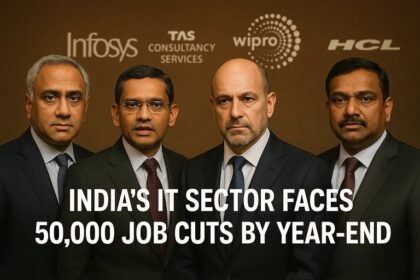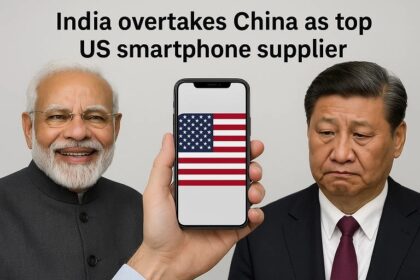UPI Transactions New Guidelines From February 15: A Leap Toward Efficient Digital Payments
India’s Unified Payments Interface (UPI), the backbone of the nation’s digital payment revolution, is set to undergo a significant transformation starting February 15, 2025. The National Payments Corporation of India (NPCI) has introduced automated chargeback processing to streamline dispute resolution, reduce delays, and enhance trust in the system. Here’s a deep dive into what’s changing and why it matters.
What’s Changing?
The new guidelines focus on auto acceptance and rejection of chargebacks based on Transaction Credit Confirmation (TCC) and returns (RET) raised by beneficiary banks. Key updates include:
- Automated Chargeback Resolution: Chargebacks will now be accepted or rejected automatically in the next settlement cycle after the beneficiary bank submits TCC/RET, eliminating manual intervention.
- Bulk and UDIR Focus: The rules apply only to bulk uploads and the Unified Dispute Resolution Interface (UDIR), not front-end dispute resolution visible to users.
- Time for Reconciliation: Beneficiary banks gain additional time to verify transactions before chargebacks are finalized, reducing duplicate reversals and penalties.
Why Was This Change Needed?
The previous system allowed remitting banks (payer’s bank) to initiate chargebacks from T+0 (same day) under the Unified Real-Time Clearing and Settlement (URCS) framework. This created a critical problem:
- Insufficient Time for Verification: Beneficiary banks often could not process returns or reconcile transactions before chargebacks were closed automatically, leading to duplicate reversals, reconciliation errors, and RBI penalties.
Example: If a user disputed a transaction, the payer’s bank raised a chargeback immediately (T+0). If the beneficiary bank later tried to return the funds, the system rejected it because the chargeback was already closed. This triggered penalties for the beneficiary bank.
Key Changes Effective February 15
To address these challenges, NPCI has revised the dispute resolution framework as follows:
Automated Chargeback Decision: Chargebacks will now be automatically accepted or rejected based on the Transaction Credit Confirmation (TCC) and return requests (RET) raised by the beneficiary bank in the subsequent settlement cycle after the chargeback is initiated.
Scope of Application: This automated process applies exclusively to bulk transaction uploads and the Unified Dispute Resolution Interface (UDIR). It does not affect front-end dispute resolution mechanisms accessible to individual users.
How Does the New System Work?
- Triggering a Chargeback: Remitting banks initiate chargebacks in case of disputes, fraud, or errors (e.g., duplicate payments, undelivered goods).
- Beneficiary Bank’s Role: The beneficiary bank now raises TCC (confirming receipt) or RET (requesting return) in the next settlement cycle.
- Auto-Decision by System: Based on TCC/RET, the system automatically accepts or rejects the chargeback, ensuring alignment between banks and avoiding manual errors.
Impact on Stakeholders
- Banks:
- Reduced reconciliation delays and RBI penalties.
- Mandated infrastructure upgrades and staff training for automated processes.
- Users:
- Faster dispute resolution and refunds.
- Minimal direct impact, but greater transparency in transaction reversals.
- Payment Platforms: Apps like GPay, PhonePe, and Paytm will see smoother backend operations, though no visible front-end changes.
The Bigger Picture: UPI’s Growth and Future
UPI recorded 16.99 billion transactions worth ₹23.48 lakh crore in January 2025, underscoring its dominance in India’s digital economy. The new rules aim to fortify this growth by addressing systemic inefficiencies. NPCI’s move aligns with RBI’s vision to minimize fraud risks and penalties while fostering user confidence.
Challenges Ahead
While automation reduces human error, banks must ensure seamless integration of TCC/RET systems. Smaller banks may face hurdles in upgrading infrastructure, potentially delaying full implementation.
Conclusion
The February 15 update marks a pivotal step in refining India’s digital payment ecosystem. By automating chargebacks, NPCI not only addresses long-standing reconciliation issues but also sets the stage for UPI’s next phase of growth—one defined by efficiency, trust, and scalability. As UPI continues to break transaction records, such systemic upgrades will be crucial to maintaining its global leadership in real-time payments.
*For further details, refer to NPCI’s official circulars.












